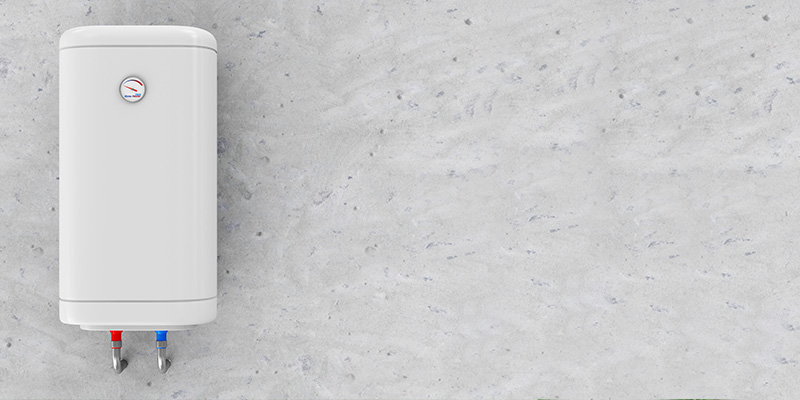
How does Insulation Work?
We’ve spoken a lot about insulation, the different types, how it is applied, the pros and cons and a whole lot more. But sometimes it’s important to get back to basics. So, let us start with the fundamentals about insulation, meaning, let us discuss how it actually works.
In order to know what insulation you need, the best type for your home or property and the ideal product for your objectives, it is important for all of our customers to first know exactly how insulation works.
Only then, can you know what you are looking for, it will help you ask the right questions and give insulation provides, such as us, great insights into what you will need.
The Fundamentals of Insulation
In its most simplest form, insulation traps air within its material. This means that insulation can help prevent warmth escaping your walls in winter and it can also safeguard your property against heat trying to enter your home or property in summer.
Insulation acts as a barricade, slowing down the transfer of heat through the material. However, to understand heat transference, we need to understand some more scientific terms such as:
- Convection
- Conduction
- Radiation
These three methods are different ways in which energy can be passed to other materials, and because heat is a thermal energy, we can explore these terms to understand exactly how heat is transferred.
After having the understanding of heat transference, we can then understand the role of insulation and the effect it has on the transfer of heat.
1. Convection
Convection is the transfer of heat from one place to another due to currents of moving fluid or gas. An example of this could be the air in your bedroom, or a fluid, such as water, in your heat systems. When these particles heat, they begin to move faster, expanding and become less dense.
2. Conduction
Unlike convection, conduction refers to heat moving through a solid state, your radiator for example. Free electrons collide with one another which leads to the transfer of heat from hot areas to cold areas.
3. Radiation
A bit different to the two mentioned above, radiation concerns electromagnetic energy or infrared radiation, as opposed to particles. When something begins to get hotter it releases more infrared radiation. This radiation can move through gas states such as air, or a vacuum, but not through solids, such as insulation.
Boiler Example
We can use the above forms of heat transfer in a simple example with your boiler. As a boiler heats water by conduction and convection, the convection transfer moves the water (liquid state) until it is passed to the radiators via conduction (through solid state). The radiator then uses the process of conduction and radiation to heat the air. This heat in the air is what warms the room (gas state), therefore, by convection.
Heat transfer is impossible to stop, but it is possible to slow it down, that’s where insulation comes in the picture. As insulation is a poor conductor of heat, heat will have a lot of trouble passing through, which prevents heat leaving your home or property. If we were to insulate with something that is a good conductor of heat, steel for example, then heat would pass much quicker through the insulation.
What is the Purpose of Insulation?
After analysing the methods of heat transfer, and providing the boiler example, you can now understand how certain states, liquid, gas, solids, are heated up. We also briefly noted that by using poor conductors of heat, you can slow the transfer of heat down, as it is impossible to completely prevent the transfer.
Thus, the purpose of insulation is to slow down as much as possible the transfer of heat. With effective insulation installed in your home, via your walls, floors, roof, windows and wherever else, you can make sure that heat is very slowly escaping your home (in the winter months).
So, what does this mean for you? Well, firstly, the less heat that escapes mean the more heat is inside your home and the less you need to rely on radiators and other heating apparatuses. This lowers your carbon emission output and reduces your energy bills.
Simply, you will be using less energy, harming the environment less and spending less on your energy bills, that sounds like a win-win-win to us.


